Mission Critical: Resiliency in Times of Crisis
Kris Barkley
April 6, 2020
The current COVID-19 outbreak reminds us that preparing for the unknown is one of the most difficult needs of a modern civilization. Crisis events and disasters create chaotic situations that are incredibly complex and push us beyond our normal limits to respond.
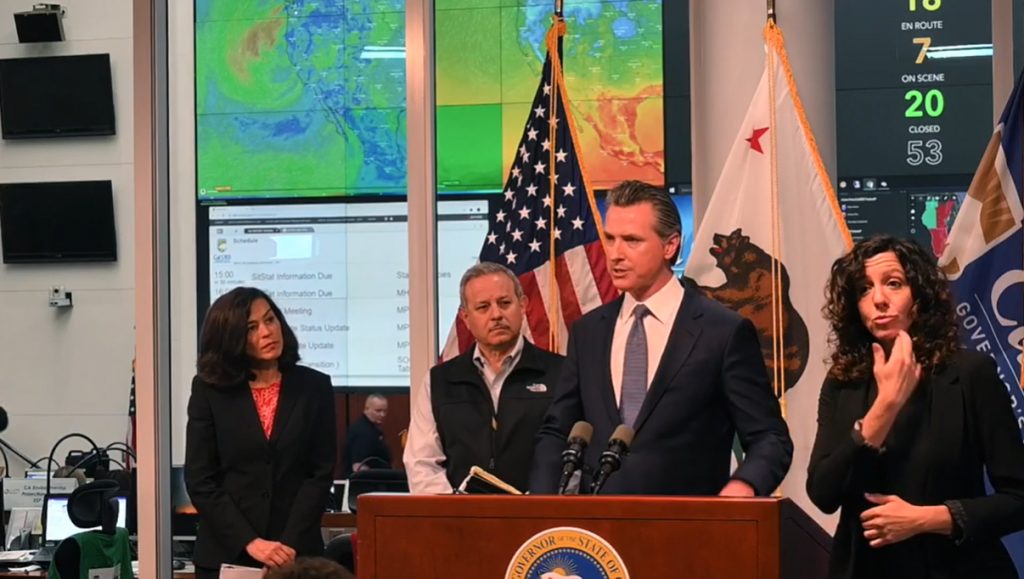
Because of this, proper planning for crisis events must include provisions for resiliency to assure that response and recovery are possible. Resiliency is simply defined as an ability to recover from or adjust easily to adversity or change. When applied to the design of critical facilities however, it becomes an overarching and systemic driver for all project decisions.
Resiliency for People
Resilience can take many different forms. When designing the California Office of Emergency Services Headquarters (with Ross Drulis Cusenbery Architecture) we broke the pattern of using bunker-like facilities to provide security. Instead, we used a variety of passive and active measures that allowed for an open and airy feeling structure with access to daylight and exterior spaces. This allows for much needed stress relief during critical moments while keeping everyone safe.
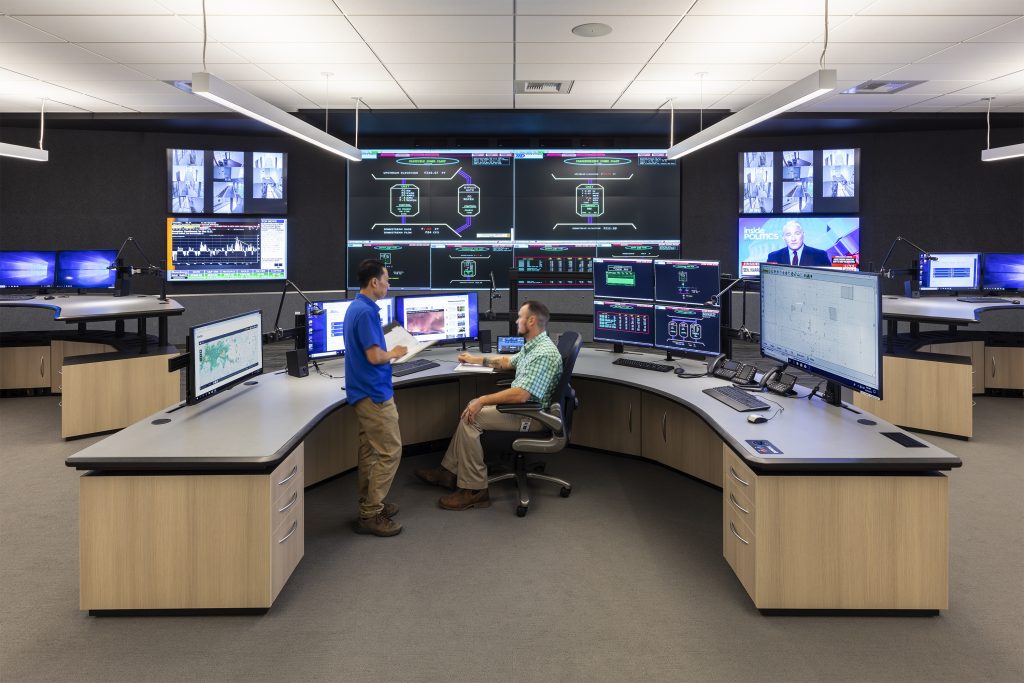
Resiliency for Agility
Maintenance of critical infrastructure is vitally important when facing a crisis. Communications technology can serve to keep us all connected, informed and protected but it can be seriously derailed if our access to electricity is disrupted. The facilities that monitor and control our electric grid are thus an important element of resilience.
To effectively monitor and control the flow of electricity during times of duress, our critical facilities must have the capacity to function at a much higher level than what we would expect otherwise. Designing for agility allows for a much faster return to operations and by doing so, subsequently helps others down the line with their return to normalcy.
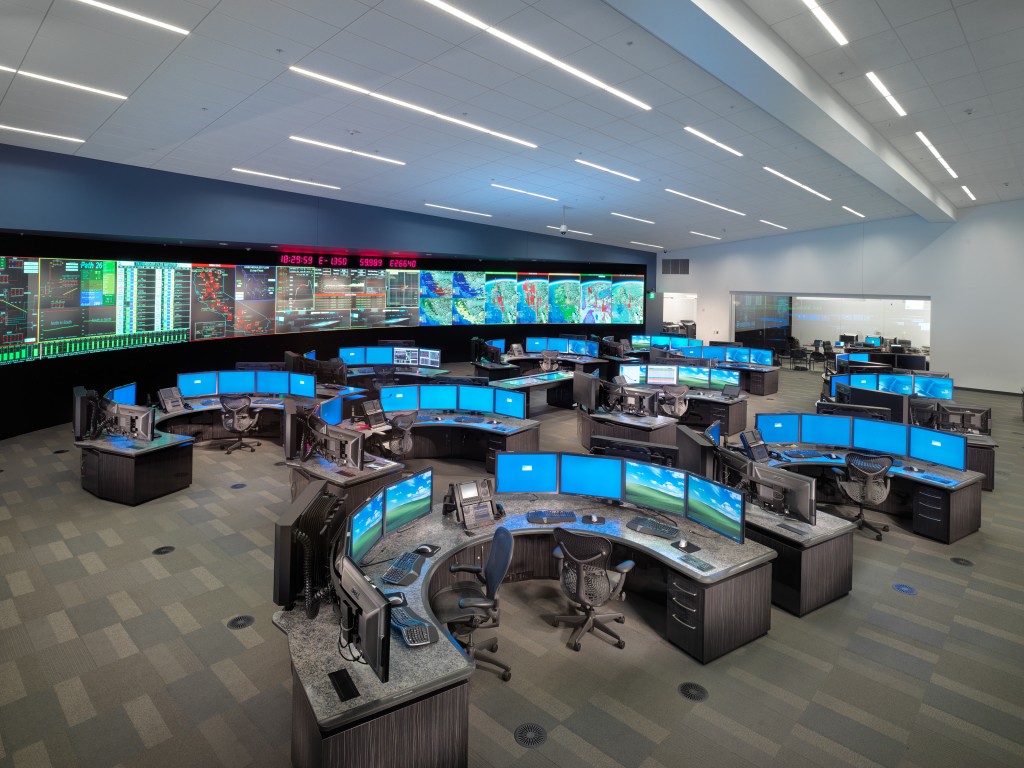
Resiliency for Adaptation
Designing for resistance to earthquakes and other natural disasters is key of course, but the ability to use space for a variety of functions can allow for operational efficiency in even the most unforeseen situations. Sometimes this means stepping back from design specificity, avoiding our natural tendency to tailor our buildings to a particular purpose.
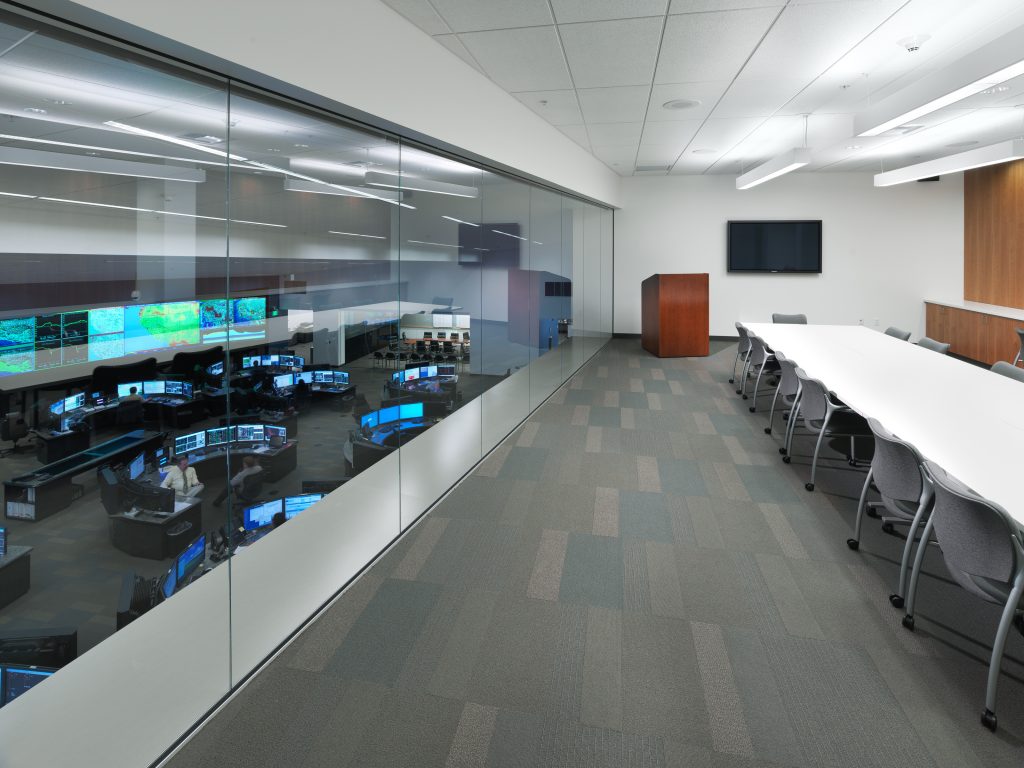
Currently wrapping up construction is Contra Costa County’s new Emergency Operations Center and Public Safety Building (which houses the Sheriff’s Department). The image below shows use of an upward-acting, hangar-style door that can effectively open an entire wall of the training and conferencing center to the outside. This center can be activated for additional emergency operations space when needed.
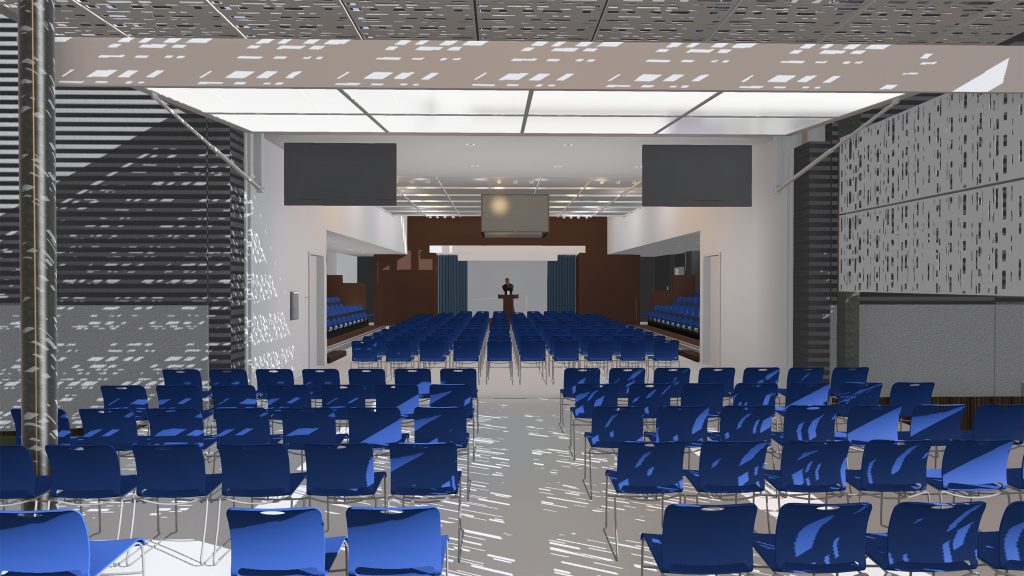
Outside of California, we are working on Portland General Electric’s Integrated Operations Center and Bonneville Power Administration’s Ross Complex Control Center in Vancouver, Washington, both with SERA Architects. Both of these projects will bring added resilience to the electrical grid in the Pacific Northwest and beyond.